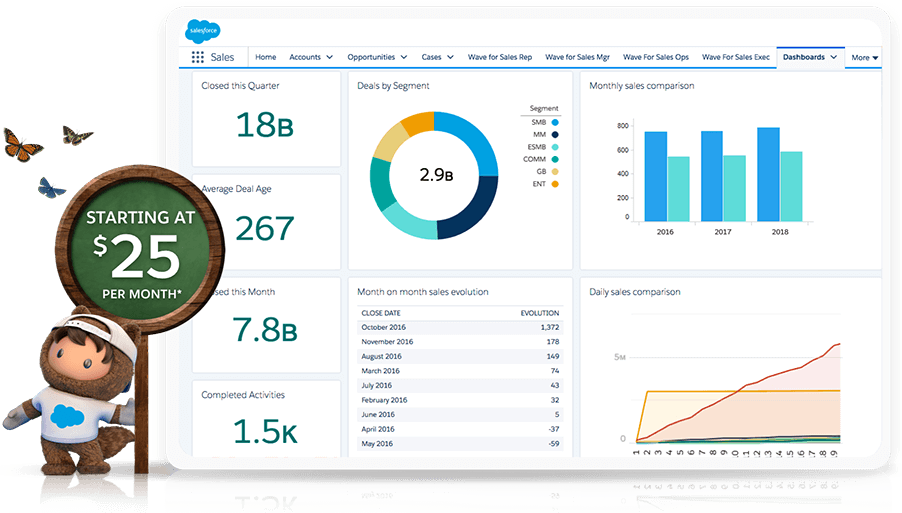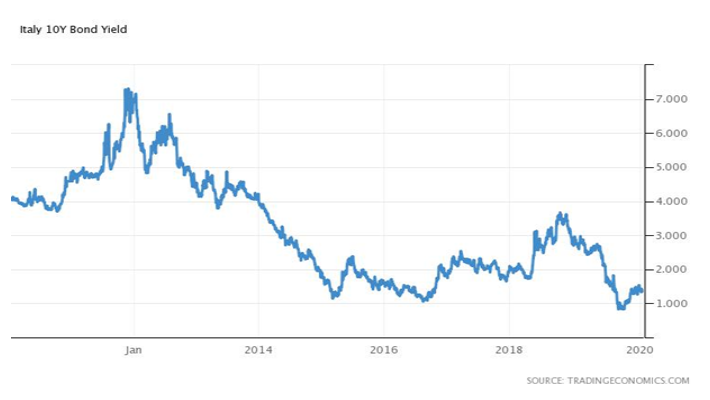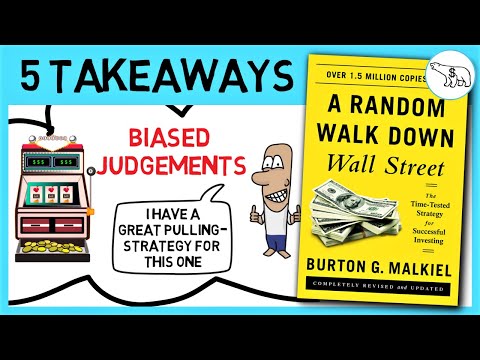Content

The capitalized interest is the lower of the avoidable interest (17,141) and the actual interest (44,750) incurred by the business during the year (see Step #1). Since the general borrowings are a mixture of two facilities and it is not possible to determine which would have been avoidable had the construction not taken place, a weighted average rate is used. Since all the facilities are outstanding for the year the actual interest cost is calculated by multiplying the principal amount of the loan by the annual rate.

When high dollar value items are capitalized, expenses are effectively smoothed out over multiple periods. This allows a company to not present large jumps in expense in any one period from an expensive purchase of property, plant, or equipment. The company will initially show higher profits than it would have if the cost were expensed in full. However, this also means that it will have to pay more in taxes initially.
When capitalizing costs, a company is following the matching principle of accounting. The matching principle seeks to record expenses in the same period as the related revenues. In other words, the goal is to match the cost of an asset to the periods in which it is used and is therefore generating revenue, as opposed to when the initial expense was incurred. While a student is still in school, interest accrues on the student loan balance, and the total amount of owed interest is added to the principle of the loan, effectively increasing the monthly interest owed. Accrued interest represents the amount of interest a company owes on a loan or long-term asset, based on the effective annual interest rate and how much time has passed since the company’s last loan or debt payment.
AccountingTools
Capitalized interest is the total sum of unpaid interest that is added to the principal loan. It is a significant aspect of financing that helps a business grow and expand as it generates more income and helps a nosiness fund more projects. Interest capitalization applies to long-term assets, for example, when borrowing money to construct a new building or purchase equipment. Long-term assets are things a business owns and will not be converted into cash in a year or less. Capitalization means adding unpaid interests on the loan after a given grace period.
- Here it refers to the cost of capital in the form of a corporation’s stock, long-term debt, and retained earnings.
- Before taking out student loans, it’s important to consider whether or not capitalized interest will work for your unique financial situation.
- Whether it is raising equity from a private investor, applying for debt, or contributing personal capital, these funding sources combined comprise of the capitalization strategy.
If property produced under a contract will become part of a unit of designated property produced by the customer in the customer’s hands, the property produced under the contract is designated property to the customer. Capitalized meaning doesn’t mean that you’re saving any money by not having to pay interest costs upfront but instead are increasing the total cost of borrowing long-term assets’ cost basis. So if you’re considering taking out a loan with capitalized interest, be aware that it will cost you more in the long run than if you paid off your loan’s interest costs each month or year. Unpaid interest on a private student loan may be capitalized as frequently as monthly, even during a forbearance. Some lenders capitalize interest at the same frequency as the federal student loans, others do not.
You may also notice the impact of the reduction of “increase in inventory” in the example cited by you. Sir, If Gulshan Polyols Limited is capitalizing the interest amount, wouldn’t it require paying it sometimes in future? Let us assume a hypothetical case where there are no taxes applicable to the company. In the video of profit & loss (P&L) statement, you have said that the debt of ₹1,000 crores plus ₹200 crore interest becomes the value of the fixed asset as ₹1,200 crores after capitalization. The main difference between the two is that interest is the cost incurred by an individual after borrowing a certain amount of money. In contrast, capitalized interest is a type of interest that is usually added to the principal amount of the loan.
Capitalized Interest and Student Loans
The provisions of paragraph (b)(2)(iii) of this section are modified as set forth in this paragraph (d)(2)(iv) for purposes of determining whether tangible personal property produced under a contract is 2-year property or 1-year property. Unsevered natural products of land include growing crops and plants, mines, wells, and other natural deposits. Growing crops and plants, however, are real property only if the preproductive period of the crop or plant exceeds 2 years. Except as otherwise provided, methods of accounting and other computations under §§ 1.263A–8 through 1.263A–15 are applied on a taxpayer, as opposed to a separate and distinct trade or business, basis.
Because the interest charges go unpaid, the charges get added to your loan balance. As a result, the loan balance increases over time, and you end up with a larger loan amount at graduation. Unsubsidized direct loans are an attractive feature of student loans because they allow borrowers to put off payments until after they finish school. Essentially, capitalized interest costs build up over time as interest charges are added onto the loan balance. As a result, the loan balance increases and borrowers end up owing a larger loan amount overall.
CFR § 1.263A-8 – Requirement to capitalize interest.
Your loan balance will grow faster and faster as the amount of interest you borrow continues to increase. Paying interest on top of interest is a form of compounding, but it works out in your lender’s favor—not yours. Any improvement to property described in § 1.263(a)–1(b) constitutes the production of property. Generally, any improvement to designated property constitutes the production of designated property.

As in such a scenario, the cost of the plant, which would have been related to the goods, which it would produce in future, has also been recognized in the current year. Capitalizing interest means adding unpaid interest to a loan’s principal balance. This implies that the interest will accumulate on a larger principal balance, and the borrower will pay more interest over the life of the loan. If the total number of shares outstanding is 1 billion and the stock is currently priced at $10, the market capitalization is $10 billion. Companies with a high market capitalization are referred to as large caps. Also, interest capitalization defers the recognition of interest expense, and so can make the results of a business look better than is indicated by its cash flows.
Stock Analysis Excel
The important aspect of capitalized cost is that they are not deducted from revenues during the period that they are incurred, but instead, the cost is spread out over the life of the asset in the form of depreciation and amortization. Although they both represent an outflow of cash, their accounting treatment is significantly different – in order to reflect the substance of the costs. Accrual-based accounting differs from cash-based accounting, where both types of costs are treated the same, and changes on the financial statements only reflect the movement of cash. Some disadvantage capitalized cost includes misleading investors of a company’s profit margins, drops in free cash flow, and potentially higher tax bills. When a company capitalizes on its costs it can free up cash flow, provide the company with expenses spread out of multiple quarters, and ensure the company doesn’t have to report large expenses in the same year.
With capitalized interest, it is added to the loan balance and becomes part of the principal amount. This means that borrowers may end up paying more in total interest over time because they are paying interest on a larger principal balance. With accrued interest, it is added to each payment due until it is fully paid off.
Capitalized Interest Vs Accrued Interest
Capitalized interest refers to the interest that is added to the capitalized interest balance of a loan amount. This means that the borrower does not have to pay the interest until the end of the loan term. On the other hand, accrued interest is the amount of interest that has accumulated over time and has not been paid by the borrower. The main difference between these two types of interests is when they are paid.

An example of such a situation is when an organization builds its own corporate headquarters, using a construction loan to do so. Any costs that benefit future periods should be capitalized and expensed, so as to reflect the lifespan of the item or items being purchased. Costs that can be capitalized include development costs, construction costs, or the purchase of capital assets such as vehicles or equipment. When you take out student loans, your lender may capitalize interest costs at the end of a deferment or forbearance. Instead of paying the interest as it comes due, you can let costs build up.
When the roasting company spends $40,000 on a coffee roaster, the value is retained in the equipment as a company asset. The price of shipping and installing equipment is included as a capitalized cost on the company’s books. The costs of a shipping container, transportation from the farm to the warehouse, and taxes could also be considered part of the capitalized cost.
Many lenders require companies to maintain a specific debt-to-equity ratio. If large long-term assets were expensed immediately, it could compromise the required ratio for existing loans or could prevent firms from receiving new loans. For purposes of this section, affixation to real property capitalizing the interest cost means may be accomplished by weight alone. Property may constitute an inherently permanent structure even though it is not classified as a building for purposes of former section 48(a)(1)(B) and § 1.48–1. Gulshan Polyols Limited is capitalizing interest because the accounting rules allow it to.
These are considered expenses because the value of running water, no bugs, and operational staff can be directly linked to one accounting period. Certain items, like a $200 laminator or a $50 chair, would be considered an expense because of their relatively low cost, even though they may be used over multiple periods. Each company has its dollar value threshold for what it considers an expense rather than a capitalizable cost.
Therefore, the balance sheet loan amount will decrease by $15,000 each month. When accounting, a tool that estimates the interest amount to be capitalized is often used. The step to be followed include establishing the period, interest calculation, and then the capitalized interest. Capitalized interest can be avoided by paying the interest before the loan or the agreed monthly payment. This chart illustrates the impact of capitalized interest on the total amount repaid. As can be seen, capitalizing the interest once at repayment increases the total cost of the loan by $1,571.96, as compared with paying the interest during the in-school and grace periods.
Since the facilities have been outstanding throughout the year the weighted average rate is calculated as follows. The business takes out a new loan of 100,000 at 6.00% interest on January 1 specifically for the construction, and has two other general facilities outstanding during the year of 125,000 at 7.00% (Loan 1) and 375,000 at 8.00% (Loan 2). The capitalization period starts when the following three criteria are met. Capitalized interest is the interest on debt that was used to finance a self-constructed, long-term asset. “Peaceful Investing” is the result of my experience of more than 15 years in stock markets.
